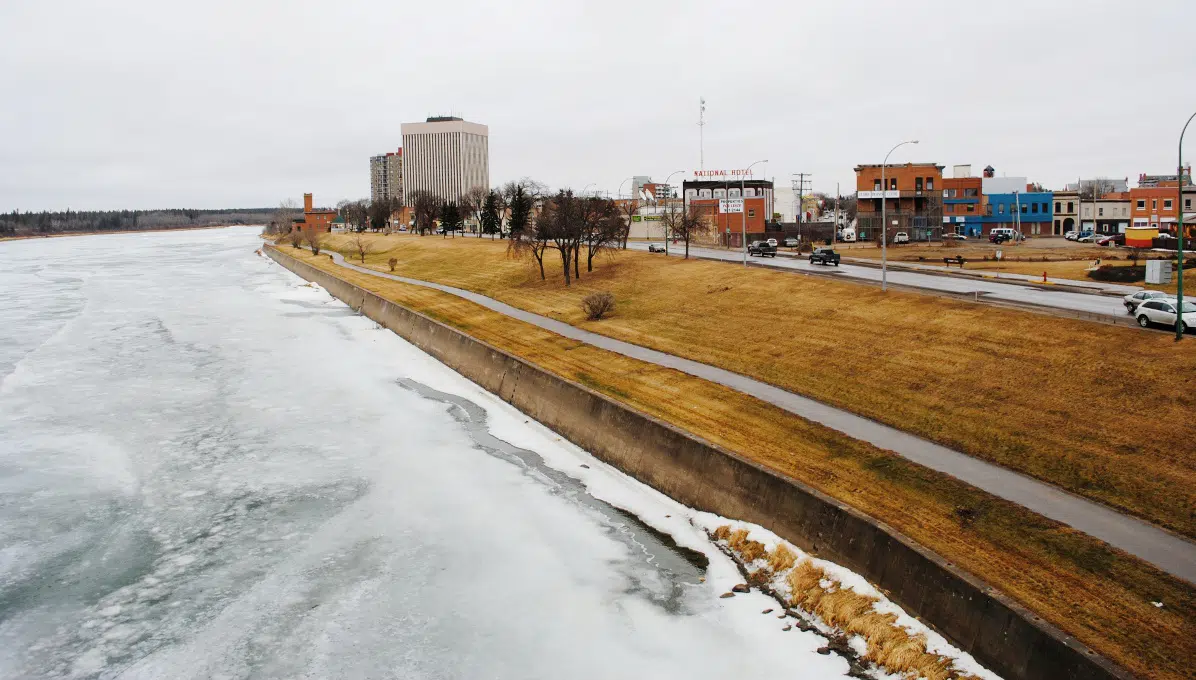
Flood plain meeting a chance to air concerns
Prince Albert residents living near the North Saskatchewan River face a 10 per cent risk of flooding every 50 years — and the City is looking to address the concerns of those near 2,000 households in a meeting this Thursday.
The information session will centre on the one-in-500 year flood plain – an area most prone to significant over-land flooding from a nearby river or stream because they’re in lower-lying places of elevation.
Representatives from the City and the provincial ministry of government relations will be on hand to discuss the impact of the flood plain on property owners in the West and East Flats and the Hazeldell area.
Residents have already been voicing their concerns with the City about the flood plain. Those concerns include the effect of the flood zone designation on their property values, development, re-sale of properties and building permits for additions.


